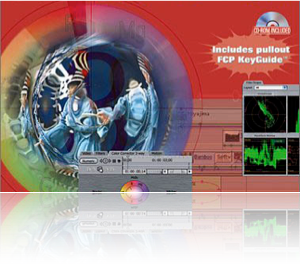
Logging and Capturing Strategies
Getting video footage off your tapes and into your nonlinear editor
This article was adapted from Final Cut Pro 2 Editing Workshop, written in December 2001, and originally published in DV magazine.
Before you can cut video on any nonlinear editing system, you have to get your material into your computer. The logging process can seem mysterious and boring, a combination that leads some producers to give it as little attention as possible. But it’s the first crucial step in editing a project.
Whether you’re working with analog or digital material, the logging process can be time consuming, but is rarely difficult. However, the strategy you use to get your material onto your hard drives will affect how you edit.
If the material is digital you usually simply capture the video, essentially copying from your tape onto your hard drive. If the material is analog, you usually have more options because you often can pick your data rate, and consequently your file size. This is where things start to get interesting.
Let’s first go back a few years, ante-NLE, to the days of linear tape editing. The logging process then of course occurred at a VTR and started with the editor, often with the producer, looking through the material and hand-writing copious notes, all accurately referenced to the tape’s timecode.
When NLE systems first became popular, editors and producers naturally emulated their tried and true linear workflow. In those early, but not too distant days, hard drives were relatively small and hideously expensive. So the editor had to judiciously choose footage to load onto the drive. The first step in nonlinear editing was the same as with linear: log those tapes.
But unlike linear, logging for NLE became an integral part of editing methodology. As the logging process moved to the computer it also became a selection process, the first culling of the video, often quite severely, perhaps down to a finished ratio of 10:1. This may seem like a high ratio, but when you start with camera operators shooting cheap videotape, as opposed to expensive film, source-to-final ratios of 50:1 or 100:1 are not unusual. That first culling of footage became a substantial commitment to the direction, focus, and even structure of the final product.
Copyright © 2002 South Coast Productions